
Do you believe in faeries? I do. When I was a little girl I loved to go to the bottom of the garden looking for faeries. I never found any but I knew they were there somewhere. What I would find however was fungi, little toadstools. This is where I thought the faeries lived. They looked like little kingdoms for the faeries and elves to live in. This is why I became so interested in the fungi kingdom. My favourite of the fungi kingdom is the iconic scarlet red and white spotted Amanita Muscaria, the Fly agaric. I love the myths and legends that surround it.
The scarlet red and white spotted fly agaric is probably the most widely recognised of our fungi. It has to be the most frequently drawn and photographed fungus. Many fairytale illustrations of faeries, elves and goblins sitting on or under a toadstool are likely to be the fly agaric.
I researched more into the history of the hallucinogenic mushroom and was very interested in what I found. I found that the fly agaric played a major role in the formulation of nearly every religion and mythology of the world.
Mushrooms and toadstools appear in a lot of children's stories. Lewis Carroll's Alice in wonderland has mushroom references. One characteristic of the effect of the fly agaric if consumed is the distortion of size. Alice comes across a caterpillar sitting on a toadstool smoking from a hookah. The caterpillar looks down at Alice and tells her that the mushroom is the key to navigating through her strange adventure and says to her "one side will make you grow taller and the other side will make to you grow shorter." The caterpillar was referring to the mushroom that he was sitting on. Alice eats a chunk from either side and starts to change size from taller to smaller. She carries on to eat alternate sides of the mushroom throughout the story.
In the 1960's children's programme the "Magic Roundabout" there were lots of little red and white spotted mushrooms and some of the characters acted oddly and spaced out maybe they were munching on these hallucinogenic mushrooms. After all the sixties was known as a psychedelic era.
Magic mushrooms though appeared in some fairytales they also appear in reality going as far back as the prehistoric times. There is a lot of evidence of the relationship between man and mushrooms in ancient times. The oldest representations are from the Sahara Desert, where hallucinogenic mushrooms were an inspiration for some forms of rock art.
There were many tribes and religions that consumed the magic mushrooms as it is said to connect you to the spirit world on a totally other level. It is even to be believed that the Fly Agaric appeared and played a massive role in the Bible. There is supposedly to be many hidden meanings in the Bible. A Philologist named John Marco Allegro wrote a book called "The Sacred Mushroom and the Cross". He took a massive risk writing this book where he attempted to expose the reality of the mushroom symbolism throughout it.
We definitely do know however about the Siberian Shamans called the Koryak using fly agaric for ceremonial use. The shamans would ingest the mushroom and others would drink his urine to get its entheogenic (the generation of God within) effects. Effects included spectacular visions, the feeling of flying, a strong belief in seeing the future, as well as seeing past life. The Reindeer also ate fly agaric mushrooms and the Siberians would slaughter them to get the same effects from eating the meat.
There are many recollections of other people from all over the world using hallucinogenic mushrooms for recreational use including Mexicans, Egyptians, and the Romans all used the hallucinogenic mushroom. The Nordic Vikings used fly agaric to give them berserk rages on the battlefield. Witches, sorcerers, and magicians in other cultures have used fungi in their potions. Strange things were going on in rural areas of central Europe between the 16th and 17th century. People and animals behaved very strangely and exhibited weird symptoms. People were accused of witchcraft and persecuted by religious zealots.
Thousands were executed in the name of Christianity. The famous Salem Trials in Massachusetts in 1962
Some people think there is a definite link between the fly agaric and Christmas. Most people see Christmas as a Christian holiday when it in fact started off as a pagan one. The fly agaric was the pagans scared mushroom and some of the symbolic icons of Christmas such as Santa Clause are red and white. Christmas trees which we bring inside and decorate traditional red and white are conifer trees. These trees are which the fly agaric grow under and have a symbiotic relationship with the roots of the tree. These mushrooms to ancient people were "the fruit of the tree". Ancient people were also amazed at how mushrooms grew form the earth without any seed. The "virgin birth" was considered to have been the result of morning dew. The reindeers flew carrying Santa and his sleigh, as we know reindeers ate fly agaric mushrooms that had psychedelic effects including sensations of flying. There are many more links to Christmas and whether they are actually true or not I like the idea of the fly agaric being so heavily related to Christmas, after all it was derived from shamanistic traditions.
It is quite extraordinary how much the fly agaric mushroom and other magic mushrooms appear and are associated with so much of life's history and traditions, fact or fiction from the fairytales and myths to the Bible and Santa Claus. I think it is absolutely fascinating and would like to think every bit of it is the truth. I will then leave it up to you to decide what you do and so not believe.
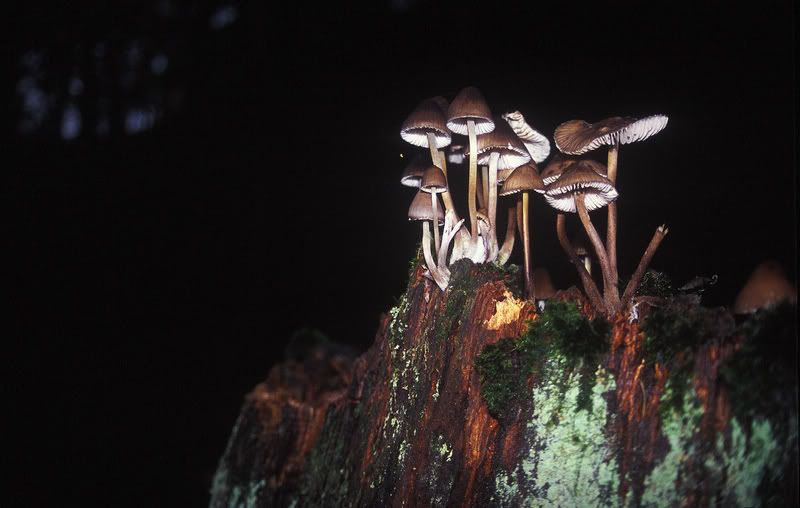 Photobucket">
Photobucket">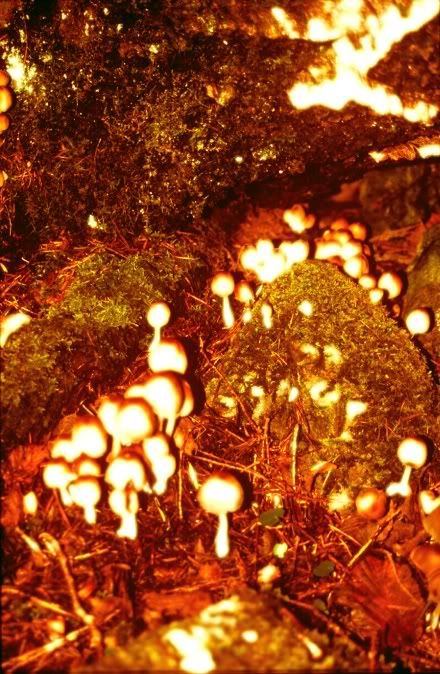 Photobucket">
Photobucket">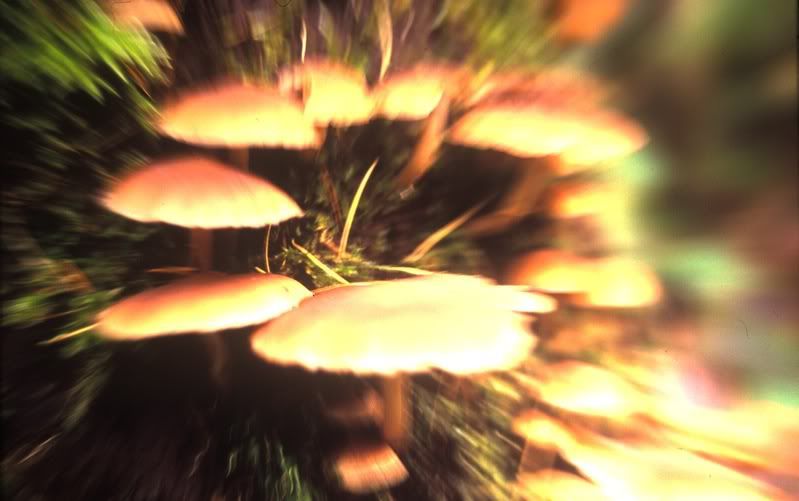 Photobucket">
Photobucket">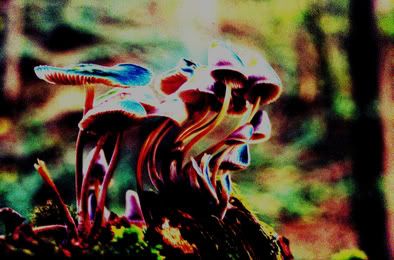 Photobucket">
Photobucket"> Photobucket">
Photobucket">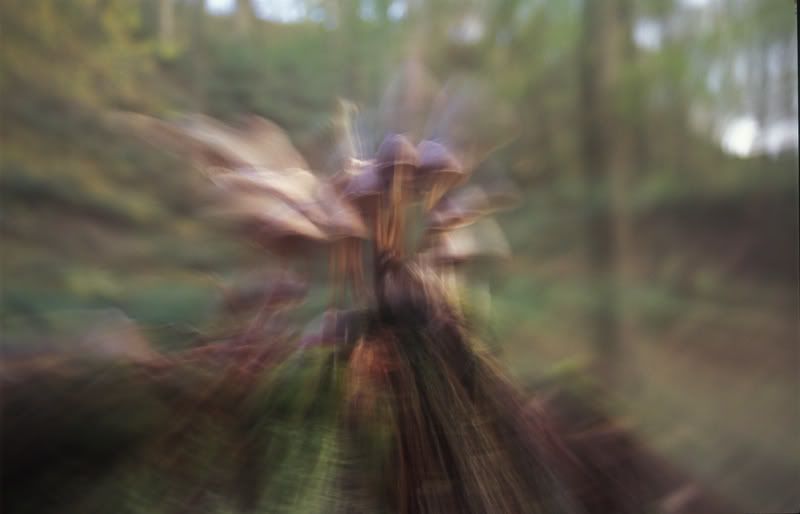 Photobucket">
Photobucket">